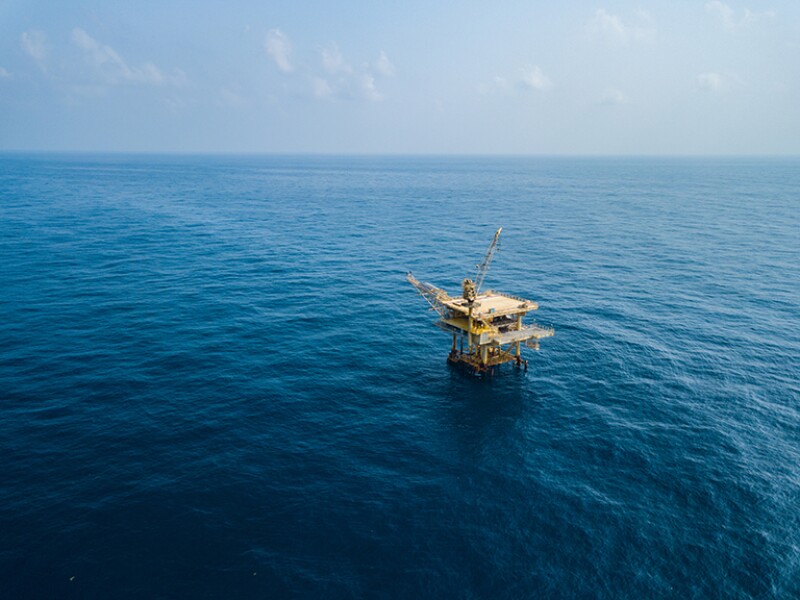Production and surveillance engineers need practical models to help maximize production while avoiding ramping up the well to an extent that the completion is damaged, causing well impairment or failure. The complete paper presents a well-flux surveillance method to monitor and ramp up production for openhole standalone screen (OH-SAS) completions that optimizes production by considering risks of production impairment and screen-erosion failure.
Challenges of Increased Production vs. Well Failure
The problem of of increased production vs. the risk of well impairment or failure is a pressing problem for sand-control wells in deepwater, where projects tend to have a small number of high-rate wells.
×


Continue Reading with SPE Membership
SPE Members: Please sign in at the top of the page for access to this member-exclusive content. If you are not a member and you find JPT content valuable, we encourage you to become a part of the SPE member community to gain full access.

